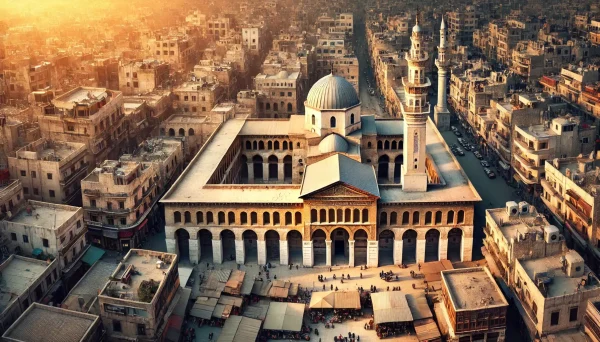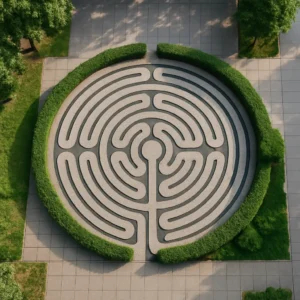When we think of ancient cities, we often imagine ruins buried in sand or stone remnants hidden in forests. But some cities have stood the test of time—not just as archaeological sites, but as living, breathing places where people still walk the same streets as their ancestors did thousands of years ago. Among these, Damascus, the capital of Syria, is widely regarded as the oldest continuously inhabited city in the world. With a history that stretches back over 11,000 years, Damascus is filled with astonishing facts that make it a living archive of human civilization.
1. Over 11,000 Years of Human Life
Archaeological evidence suggests that Damascus has been inhabited since as early as 9,000 BCE. That means people have lived in this area for more than 11 millennia. It has witnessed the rise and fall of empires, the spread of religions, and countless cultural evolutions—all while remaining a vital urban center.
2. A Crossroads of Civilizations
Damascus was a crucial point on ancient trade routes, especially the Silk Road. It connected Asia, Africa, and Europe, becoming a melting pot of cultures, languages, and traditions. Phoenicians, Arameans, Greeks, Romans, Byzantines, Umayyads, Ottomans—all left their marks on the city.
3. The Umayyad Mosque: One of the Oldest Mosques in the World
Built in the 8th century on a site that once held a Roman temple and a Christian church, the Umayyad Mosque is one of the largest and oldest mosques in existence. It’s a symbol of Damascus’s layered religious history and an architectural masterpiece known for its mosaics, vast courtyards, and spiritual significance.
4. Home to One of the World’s Oldest Christian Communities
Damascus holds a special place in Christian history. It’s where Saint Paul converted to Christianity after his dramatic vision on the road to the city. The “Straight Street” mentioned in the Bible still exists today. The city has several ancient churches, some of which have been in use for over a thousand years.
5. A City of Narrow Alleys and Timeless Bazaars
The Old City of Damascus is a UNESCO World Heritage Site. Walking through its labyrinth of alleyways feels like stepping back in time. The Al-Hamidiyah Souq, one of the oldest markets in the region, is still bustling with life, selling everything from spices to textiles—just as it did centuries ago.
6. Damascus Steel: Legendary Blades from the East
The term “Damascus steel” refers to the famously strong and beautiful blades made in or traded through the city during medieval times. These swords were known for their resilience and wave-like patterns. Though the exact method of production has been lost, the legend of Damascus blades lives on in stories, films, and museums.
7. Influences in Art and Architecture
Damascus architecture reflects a blend of Islamic, Byzantine, and local styles. Homes with central courtyards, intricately carved woodwork, and colorful tiles are common. The city’s artistic traditions, especially in calligraphy and textile design, have influenced aesthetics across the Middle East for centuries.
8. A Center of Learning and Literature
In the medieval Islamic world, Damascus was known for its scholars, poets, and philosophers. It housed many madrasas (religious schools), libraries, and centers of debate. The city played a major role in the preservation and translation of Greek texts during the Islamic Golden Age.
9. Despite Conflict, Its Spirit Endures
In recent decades, Damascus has faced serious challenges, especially due to the Syrian civil war. Parts of the city have been damaged, and its population has suffered greatly. Yet, despite hardship, the cultural and historical heart of Damascus continues to beat, with restoration efforts and deep local pride preserving its ancient identity.
10. A Symbol of Human Continuity
Few places on Earth have seen as much history as Damascus. Its streets have felt the footsteps of prophets, emperors, traders, artists, and everyday people for over 11,000 years. It’s a place where time doesn’t just pass—it accumulates, layering thousands of years into one living, breathing city.
Conclusion: A Living Link to the Ancient World
Damascus is more than just the oldest city in the world—it’s a living museum, a crossroads of humanity, and a symbol of endurance. In its walls, mosques, markets, and stories, we find a continuous thread that connects our present to the distant past. To walk its streets is to walk through the story of civilization itself.







